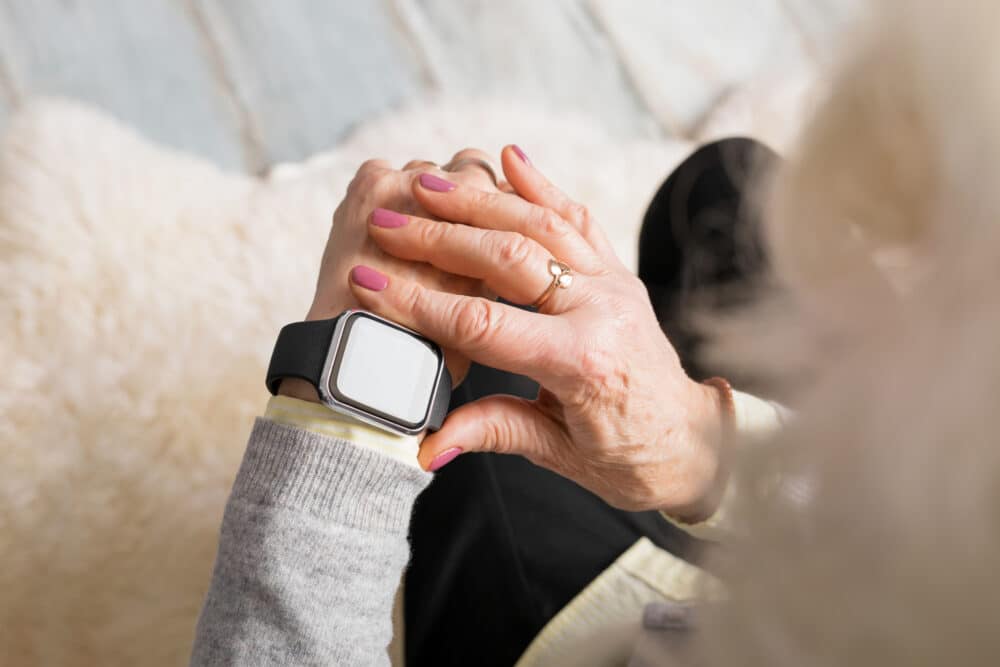Big tech is lending its innovations to the care of seniors with new elder care technology.
As I’ve written before, care costs (whether acute or long-term) continue increasing, as they have for years. As elder care advocates we deal with these growing costs daily and have seen this trend for years. However, another issue has risen over the past year or two: a dearth of caregivers.
The number of CNAs, home health aides, and LPNs is dwindling for a variety of reasons: a growing need by aging adults, the pandemic, low pay, hard work, and reduced immigration.
As a result, we now see even greater upward pressure on care costs. These higher costs are borne by a population with fixed incomes and often limited resources. This leads to a difficult choice: pay for all care needs and risk running out of funds or limit care to save money and risk a crisis.
Fortunately, this need has caught the attention of the technology community with innovators approaching these problems with technological solutions.
The tech-innovation conference, CES, is an annual trade show organized by the Consumer Technology Association. The event occurs every January in Las Vegas and is a showcase for technological innovation. This year’s conference showed a further acceleration of innovation in health and elder care tech. The goal of this innovation is to reduce costs, allow for greater independence by aging adults, and prevent (rather than treat) the crisis.
Looking at the devices revealed at CES shows this innovation can relieve pressure on the medical and care community in many ways. For example, Sengled (a smart light bulb) and BOCCO (a small bed-side robot) are both capable of tracking health readings and identifying changes in conditions, such as one’s heart rate and temperature.
Chronolife and Seismic each developed wearable tech. Chronolife offers a wearable, washable smart vest capable of monitoring heart activity, breathing, temperature, and can even detect falls. Made of cotton and Lycra, the shirt wears no differently than a traditional undershirt. Seismic’s offering is a smart bodysuit that fits under one’s clothes and applies robotic power to the hips and lower back. The effect is to improve posture and aid the wearer in lifting, standing, sitting, or carrying.
These innovations show the technology community is looking at the care for aging adults from multiple perspectives: prevention, early intervention, and reducing the need for human caregivers. Prevention of a fall or early detection of a health change can allow for earlier intervention and less costly outcomes.
Reducing the need for staffing is controversial. The most common objection I hear is that limiting interactions between caregivers and aging adults contributes to social isolation, leading to negative psychological and physical consequences and that human contact is critical to healthy aging. You’ll find no argument from me. That said, we’re already amid a caregiver crisis. The lack of available caregivers has already resulted in less person-to-person interaction, creating the risk that a change in a health condition could be identified too late or missed entirely. Elder care tech can help fill this preexisting and growing void.
Similarly, aging adults are, often literally, one step away from hospitalization or death. About 36 million falls are reported among older adults annually, of which 32,000 die, and 3 million are hospitalized. The wearables discussed above are a huge step toward reducing these numbers.
I acknowledge that no single solution exists to this care crisis, however, tech innovation is increasingly an indispensable component of reducing costs and maintaining the independence of aging adults. The aging-tech wave is accelerating and bringing increasingly beneficial tools. For families and their loved ones, this tech can lead to a higher quality of life and better care outcomes at a lower cost.
Our team of Elder Care Advocates looks for all tools available to find successful aging and care strategies. This includes recommending appropriate tech in support of this goal. I look forward to seeing dramatic advancements and the better outcomes they provide.
You can read more about aging tech at this year’s CES by clicking here.


